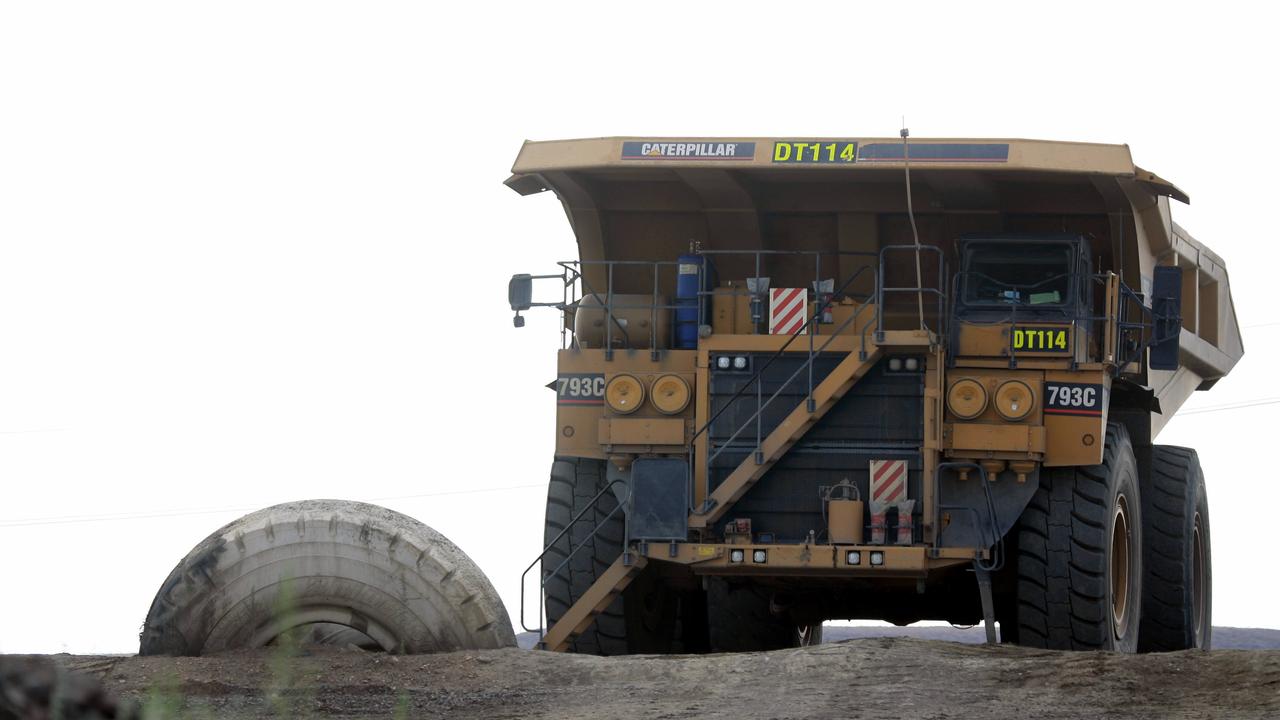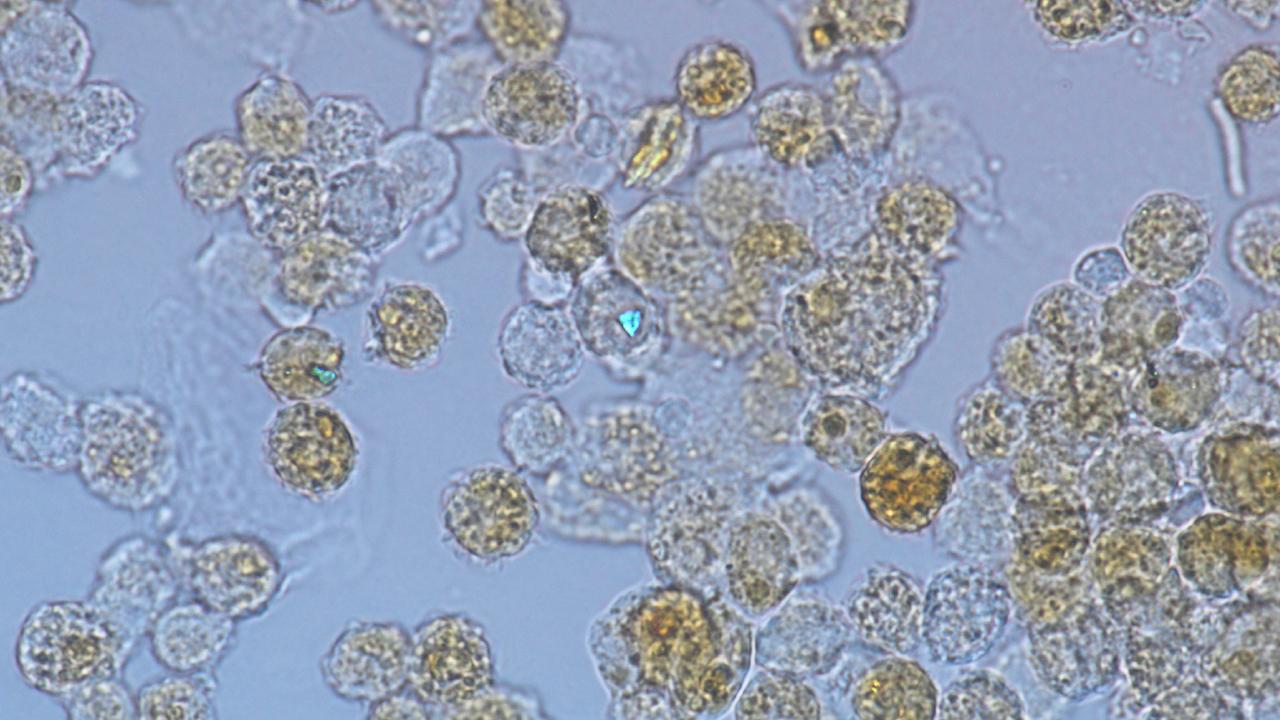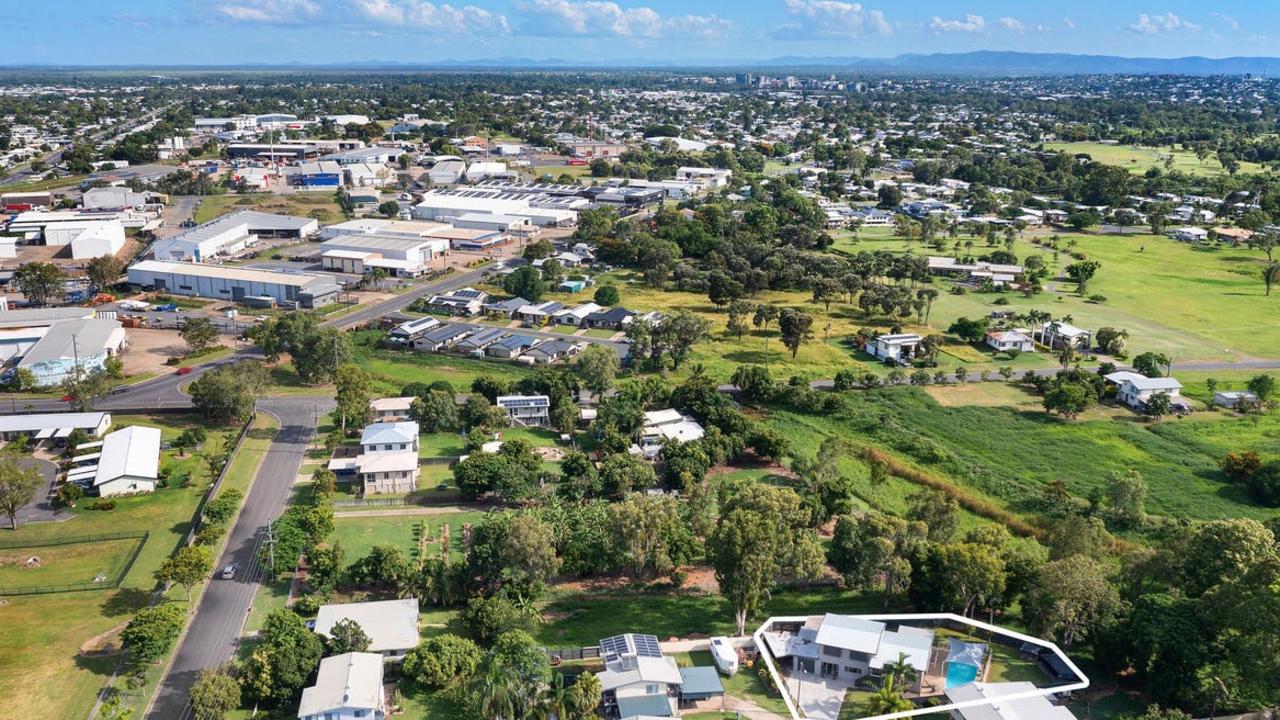David Tonkin suing mining companies including Thiess and BMA for exposure to silica working in Queensland mines
A former Queensland miner, who fears every day that he may be about to take his ‘last gasp before death’ has filed a $1 million dollar lawsuit against a number of mining companies after he was exposed to high levels of silica in his 20-year career.
Rockhampton
Don't miss out on the headlines from Rockhampton. Followed categories will be added to My News.
David Tonkin constantly fears he is about to die as he gasps for air.
The 72-year-old man, who has worked in Queensland coal mines for more than 20 years, has filed a $1.1 million lawsuit against various mining giants as he now battles silicosis.
The disease, which is from years of exposure to coal dust, often leaves Mr Tonkin short of breath.
Mr Tonkin, who now lives in Western Australia, filed the lawsuit in the Rockhampton Supreme Court earlier this year.
It was ordered in court this month that Newlands Coal and Glencore Queensland Limited be removed from the list of defendants.
The remaining parties are Ernest Henry Mining, Thiess and BMA.

Mr Tonkin worked at Ernest Henry Mine, Cloncurry and Bowen Basin mines, Newland Colliery open cut coal mine near Glenden, Burton Downs Colliery open cut coal mine near Burton, Daunia Colliery near Moranbah and Hail Creek Colliery near Burton.
According to the Statement of Claim, Mr Tonkin worked at the Queensland mines between 1999 and 2020, as a shovel operator, haul truck operator and dozer operator.
Mr Tonkin claims the conditions at the mines were (coal) dusty and the cabins of machines were also filled with coal dust, and he was not required or provided with a dust mask to wear.
The ex-miner claims to now suffer from silicosis, chronic bronchitis and pulmonary fibrosis, all of which are an alleged result of the coal dust exposure.

Mr Tonkin suffers from poor endurance and he has a “permanent disability”.
In day-to-day life, Mr Tonkin said he had difficulty climbing stairs, became breathless, coughed regularly and had an increased shortness of breath and wheezing.
Mr Tonkin also said when he suffered shortness of breath, he was anxious he “may be about to have his last gasp before death”.
The lawsuit was filed by Gene Patterson of Macrossan and Amiet Solicitors, Mackay, for a total of $1,118,292.74.
The matter is continuing to progress through the court and no defence or final offers have yet been submitted.
The mining companies were contacted for comment.
ABOUT SILICOSIS
Silicosis is a long-term fatal lung disease that cannot be cured and is caused by breathing and inhaling unsafe levels of silica dust, generally over many years.
Employers can be found liable in court cases due to failure to follow regulations and procedures that would prevent lung diseases.
It can be prevented by avoiding prolonged exposure to silica dust, wearing protective masks (not the disposable paper ones), wetting down tools and materials to suppress dust and using tools that have dust-collecting attachments.
Once inside the lungs, the dust particles can scar the lungs and this is known as silicosis.
This lung damage cannot be reversed and can lead to breathing problems and serious lung conditions.
It is mostly treated with inhalers and oxygen therapy and life can be prolonged with a lung transplant.

SILICOSIS ON THE RISE
Until a few years ago, silicosis was mostly seen in older men who worked in mining, demolition, tunnelling, brickwork, pottery and construction.
It is now found in artificial stone which is a popular, new building material mostly used in kitchen and bathroom benchtops.
Artificial stone has only been available in Australia since the early 2000s and is made by crushing silica and mixing it with adhesive to harden it.
The silica content of the artificial stone is found to be about 90 per cent higher than natural stones, with natural marble containing three per cent silica and granite 30 per cent silica.
In 2019 it was estimated there were at least 350 confirmed cases of silicosis in Australia.
More Coverage
Originally published as David Tonkin suing mining companies including Thiess and BMA for exposure to silica working in Queensland mines








